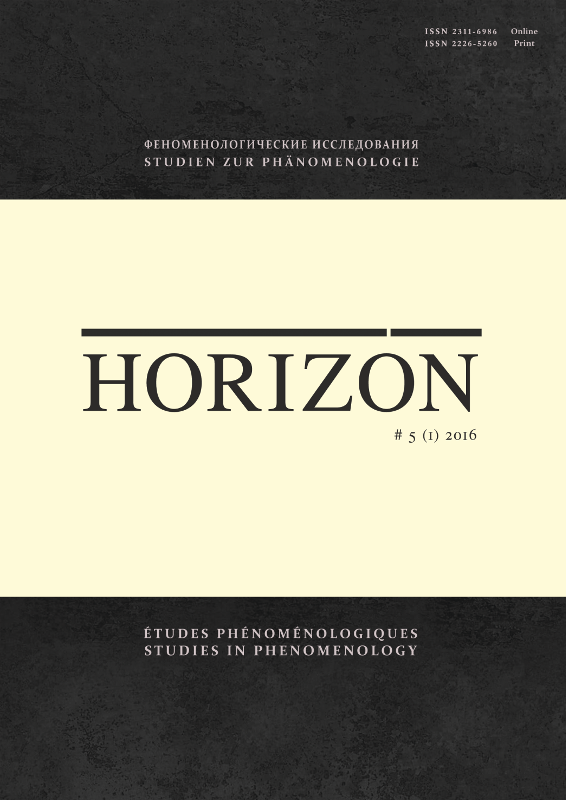ПРЕДИСЛОВИЕ К ПУБЛИКАЦИИ ПЕРЕВОДА
7ПАРАГРАФА ВТОРОЙ ЧАСТИ СТАТЬИ МОРИЦА ГАЙГЕРА «К ФЕНОМЕНОЛОГИИ ЭСТЕТИЧЕСКОГО НАСЛАЖДЕНИЯ»
THE PREFACE TO THE TRANSLATION OF THE 7TH PARAGRAPH OF SECOND PART OF THE ARTICLE «ON THE PHENOMENOLOGY OF THE AESTHETIC ENJOYMENT» BY MORITZ GEIGER
Author(s): Andrei PatkulContributor(s): Olesya Bessmel’tseva (Translator)
Subject(s): Aesthetics, Phenomenology
Published by: Издательство Санкт-Петербургского государственного университета
Keywords: Phenomenological aesthetic; psychologism; aesthetic enjoyment; will; interests; Kant; Schopenhauer;
Summary/Abstract: The following fragment represents the aesthetical researches of the German philosopher Moritz Geiger acted in the first half of the 20th century, whose works are considered to have initiated the phenomenological approach in the aesthetic domain. Being a fellow by many bright personalities, the representatives of the psychological aesthetic (Wundt, Lipps), Geiger favours on the one hand the psychological approach for it leads out of the speculative philosophism into empirical experience. On the other hand Geiger gets close with phenomenology and Husserl and belongs since 1907 to the Munich school of phenomenology. Geiger sees in the phenomenological approach an opportunity to shift the focus from the feeling subject to the aesthetic object. He insists on the permissibility and rather necessity of speaking about the objective aesthetic characteristics of an artwork. They are the aesthetic values,which mark an object of aesthetic enjoyment. So in the fragment below Geiger focuses first on the phenomenological nature of the aesthetic enjoyment. In the attached fragment Geiger proceeds from the Kantian argumentation about the particularities of aesthetic enjoyment and analyses the aesthetic enjoyment in its relation to the interest and the will of an individual as an enjoying subject. The preface introduces the general structure of the article, its step wise concretizing of the problem domain beginning with the outline of the phenomenological bounds of pleasure in general and moving toward the narrow analysis of the aesthetic enjoyment in particular and its relation to the axiology and the psychological phenomenology. Thus the main peculiarities of Geiger’s phenomenological method could be put to the scrutiny of his analysis of the chosen distinct domain as well as his tendency to avoid any schematism and any simplification within the domain. That makes Geiger’s language such an subtle and sensitive instrument for it should be able to articulate the slightest nuances of pleasure types.
Journal: Horizon. Феноменологические исследования
- Issue Year: 5/2016
- Issue No: 1
- Page Range: 247-257
- Page Count: 11
- Language: Russian

